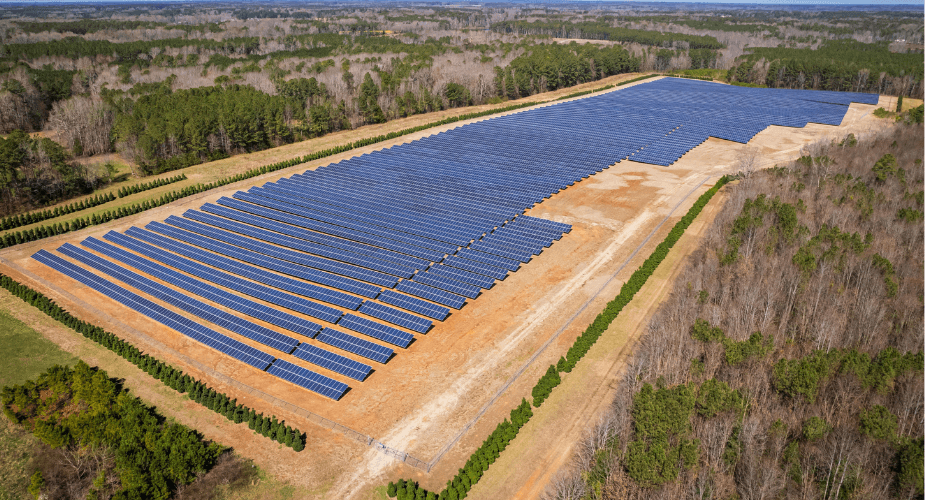As the world advances toward more sustainable energy sources, solar energy emerges as a top contender. It harnesses the sun's energy, offering a clean and renewable alternative to fossil fuel. Having said that, please read on to understand more about solar energy and how it works.
Solar Energy: How It Works
- The Basics of Solar Energy
- Types of Solar Energy Systems
- Benefits of Solar Energy
The Basics of Solar Energy
At its core, the solar energy and how it works is derived from the sun's rays. Every hour, the sun emits enough energy to power the entire planet for a year. This abundant resource can be converted into electricity and heat, making it a versatile choice for various applications.
Photovoltaic Cells: The Core of Solar Panels
The most common process of harnessing solar energy is through photovoltaic (PV) cells. These are typically made from silicon and work on the principle of the photovoltaic effect. Here's how it functions:
Absorption of Sunlight: When sunlight strikes the surface of a PV cell, it excites electrons within the silicon atoms.
Electron Movement: This excitation causes electrons to be knocked loose, creating a flow of electric current.
Electricity Generation: The movement of these free electrons generates direct current (DC) electricity. This current is then sent to an inverter device, which converts it to alternating current (AC) electricity—suitable for use in homes and businesses.
Types of Solar Energy Systems
Solar Thermal Energy
1. Grid-Tied Systems
Are you wondering about this type of solar cell how does it work? They are connected to the electricity grid. They allow homeowners to use solar energy while still having access to conventional electricity when needed. Any excess electricity generated can often be sold back to the grid through net metering, providing financial benefits.
2. Off-Grid Systems
Off-grid systems operate independently of the electricity grid. They are ideal for remote areas or those seeking complete energy independence. These systems typically require battery storage to hold excess energy for use during cloudy days or at night.
3. Hybrid Systems
Hybrid systems combine both grid-tied and off-grid capabilities. They use both solar energy and conventional electricity, with battery storage, to ensure a continuous power supply.
In addition to photovoltaic systems, solar thermal energy is another effective method for harnessing solar energy. This technology uses sunlight to heat water or air for residential heating, hot water, or even electricity generation through steam turbines. Here’s how it works:
Solar Collectors: These are devices that capture sunlight and convert it into heat. Common types include flat-plate collectors and concentrated solar power systems.
Heat Transfer: The heat is transferred to a fluid, typically water or antifreeze, which is then circulated to provide heating or produce steam for electricity generation.
Benefits of Solar Energy
Renewable and Sustainable: Solar energy how it works. It is abundant and inexhaustible, making it a sustainable choice for the future.
- Reduced Energy Costs: By harnessing solar energy, homeowners can significantly reduce their electricity bills and even eliminate them entirely with a well-designed system.
- Environmental Impact: Solar energy produces little to no greenhouse gas emissions, helping to combat climate change and reduce air pollution.
- Energy Independence: Solar systems can reduce reliance on fossil fuels and enhance energy security for both individuals and nations.
Conclusion
Solar energy is a powerful and accessible solution for addressing the world’s energy needs. By understanding how it works, from the absorption of sunlight to the generation of electricity, individuals and communities can make informed decisions about harnessing this renewable resource. As technology continues to advance, the potential for solar energy to play a central role in our energy landscape grows, paving the way for a more sustainable and environmentally friendly future. Whether through photovoltaic cells or solar thermal systems, embracing solar energy is a step towards a cleaner planet.






 10,000W LIFEPO4
10,000W LIFEPO4









